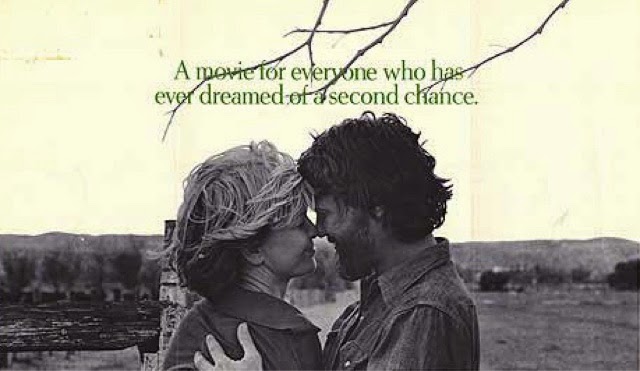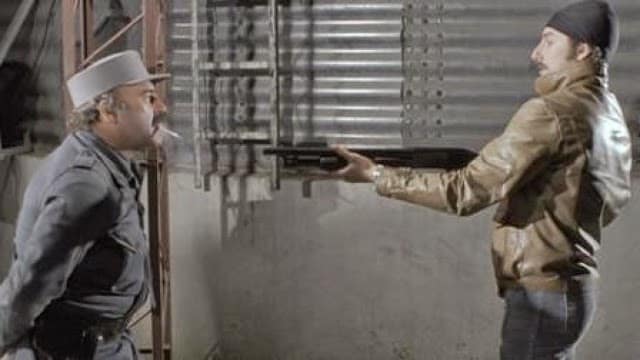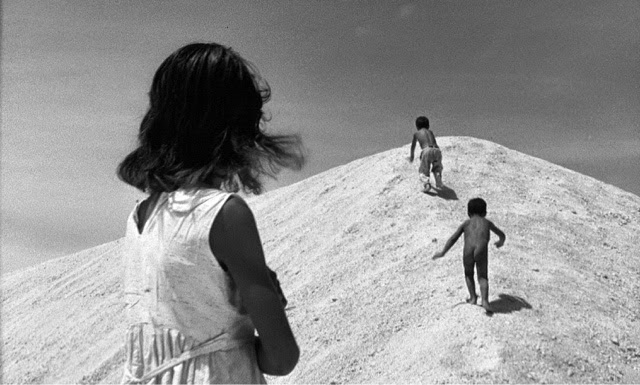
Alice Doesn’t Live Here Anymore (Martin Scorsese, 1974)
March 22, 2010
Funny Dirty Little War (Hector Olivera, 1983)
March 22, 2010The aspect that is immediately striking with Araya is its beautifully contrasted black-and-white photography. By the opening shots of the northeastern Venezuelan coast, by insisting on the beauty of Venezuela’s nature, Benacerraf creates awe in the viewer. She succeeds in conveying her love of Venezuela. The peaceful and serene beginning supports well the poetic style of the documentary, rendered apparent by the melancholic style of the narrator, as well as establishing a strong contrast between Nature and Man, between the salt worker’s natural state and their man-made condition.
Benacerraf quickly establishes the region’s colonial past by filming in old conquistador ruins. Channelled by the narration, the past seems, to a great extent, alive and still influences the present of the people of Araya. It becomes impossible for us not to infer that the worker’s present is not a tributary of this colonial past. In exploring both the work of the salt workers and their daily lives outside of the salt mines, Benacerraf criticizes the capitalist imperative which forces individuals, families, villages to live in such barren wastelands, with their sustenance only provided by the sea. There is this feeling of oppression that permeates the film, and it has that in common with other South-American films like Vidas Secas (Nelson Pereira Dos Santos, 1963), the oppression of the ruling class who will replace the workers by the end of the film by machines, efficient and implacable, without a concern for the inhabitants of Araya.
However, as much as Araya wants to be a critical look into how the politics and economic considerations of the modern world influence the life of the populace of Araya, her point-of-view is that of an outsider looking in. At times, her exploration of the natives’ way of life is condescending. Her outsider point-of-view sometimes irritates, creating a distance between the audience and the documentary subject. By taking a didactic instead of a more personal approach, Benacerraf dilutes the efficiency of her discourse and fails to construct what could’ve been a social rallying point.
More info on IMDB
- Black Panther: A Perspective - March 20, 2018
- Seven Pounds (Gabriele Muccino, 2008) - May 5, 2015
- Honeymoon (Leigh Janiak, 2014) - January 30, 2015



